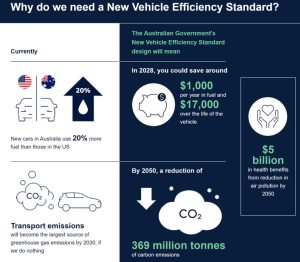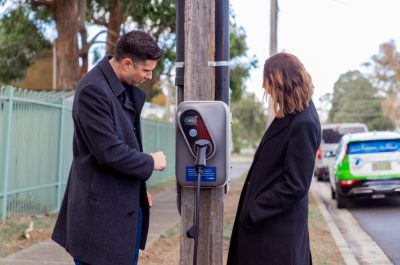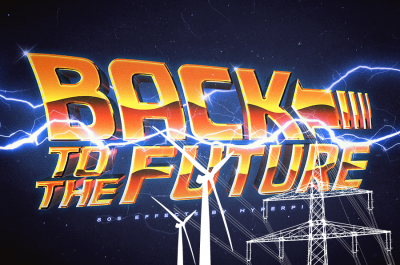The Grid as key enabler for the success of NVES
Somewhat confusingly, the Standard started its life labelled the National Electric Vehicle Strategy (NEVS) in 2022 and changed its name in 2023. It considers all vehicle types including ICE (Internal Combustion Engine), Hybrid, Electric and Hydrogen.
Regardless of the name, submissions from the industry and general public during the consultation period showed “loud and clear” that customers are ready and willing to make the switch to EVs. The consultation also made clear that “improved cost, choice, availability of charging and accessibility” were, and still are, fundamental.
The Federal Government assessed three options in their impact analysis, Slow start, Fast start and flexible and Fast start. The preferred option being Fast start and flexible.
This option will deliver around 369 million tonnes of carbon abatement, $108 billion in savings (fuel and maintenance), $5.5 billion in associated healthcare savings and a decreased dependence on imported fuel. Sounds like a pretty good idea to me.

Figure 1: Impact analysis infographic
Networks as Enablers
The report is well timed and comprehensive. One question we’re left asking is the impact to networks and further work is needed on what the report calls “infrastructure limitations”. This is effectively the local grid, the poles and wires, that will supply Electric Vehicles with their “fuel”.
Our submission called the distribution networks the “EV Enabler” – and they are, the risk of any “infrastructure limitation” can almost be completely eliminated with robust cooperation between government and industry to make sure the path ahead is well prepared.
So, not only do we need to get the technology and infrastructure right (EV data, visibility and interoperability) but also the regulatory changes that anticipates the inevitable need instead of waiting for a great many angry consumers with EVs that can’t be charged.
When I go shopping it’s cool to see the new row of chargers at my local shopping centre, and in cities across Australia this same infrastructure is now popping up on power poles and streetlights. I believe this new Standard is going drive the boost we need change the landscape even more than we know, and for the better.


